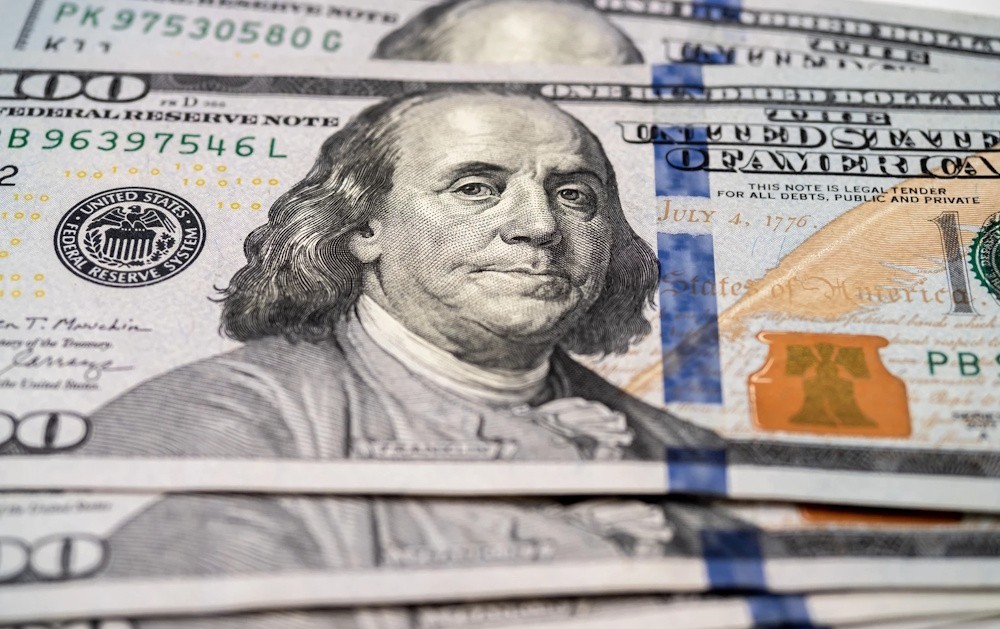
The dollar reached a new 9-1/2-month peak against the yen before pulling back and slightly declined against the euro on Tuesday, as investors expressed concerns regarding Japan’s fiscal position and looked ahead to U.S. data for indications on the Federal Reserve’s forthcoming actions. Global equities experienced a downturn, particularly in technology-focused sectors, yet the response in the foreign exchange market has remained relatively subdued at this time. The dollar index, which gauges the U.S. currency’s performance against key competitors, remained unchanged at 99.52, following the end of a four-day decline on Monday. Market participants are closely monitoring U.S. economic indicators following the unprecedented duration of the government shutdown, with the September jobs report anticipated on Thursday.
“This data is backward looking but remains very relevant,” stated Paul Mackel. “It captures the period when the FOMC resumed its easing cycle and follows the time when Chair Powell sounded dovish at Jackson Hole about U.S. labor market conditions,” he argued. Fed Governor Christopher Waller reinforced the argument for additional rate cuts amidst a wide-ranging policy debate at the U.S. central bank, while Fed Vice Chair Philip Jefferson emphasized the necessity for the U.S. central bank to “proceed slowly”. Recent data indicates that money markets are currently pricing the likelihood of a 25-bp rate cut next month at approximately 50%. The probabilities on Monday stood at 49%, a decrease from 60% the previous week. The yen experienced a rebound, currently positioned at 155.05, reflecting an increase of 0.15% for the day. Earlier in the session, it reached 155.37, marking its lowest point since February 4.
Bank of Japan Governor Kazuo Ueda has indicated the possibility of increasing interest rates as early as next month. However, Prime Minister Sanae Takaichi has expressed dissatisfaction with this notion and has called on the BoJ to align with government initiatives aimed at stimulating the economy. Barclays recommended maintaining a long position on the U.S. dollar versus the yen, indicating that Takaichi’s Abenomics-style policies are expected to exert continued pressure on the Japanese currency. The dollar/yen target has been raised to 158.8, with the rationale that increased fiscal spending will inflate Japan’s debt and elevate the premium that investors require to hold the currency. Experts have identified an increasing risk of foreign-exchange intervention, which may hinder the dollar’s ascent. However, they observed that recent verbal warnings from officials do not indicate any immediate measures are forthcoming. On Tuesday, Japanese Finance Minister Satsuki Katayama voiced apprehension regarding the recent fluctuations in foreign exchange rates.
According to the source, a private-sector member of a key government panel, Japan needs to assemble a stimulus package of approximately 23 trillion yen, as per reports. This would significantly surpass the 17-trillion-yen package previously indicated, heightening concerns in the market regarding the influx of new government debt that bond markets will need to absorb. The yield curve for Japanese government bonds has steepened further amid concerns regarding the magnitude of Takaichi’s stimulus package, with 20-year yields hitting a 26-year high. The euro experienced a slight increase of 0.05%, reaching a value of $1.1596. The Australian dollar remained relatively stable at $0.6494 following the release of minutes from the Reserve Bank of Australia’s policy meeting held on November 3-4. The central bank assessed the current cash rate of 3.6% as somewhat restrictive, yet indicated that this might no longer hold true, referencing a significant increase in housing credit directed towards investors.
